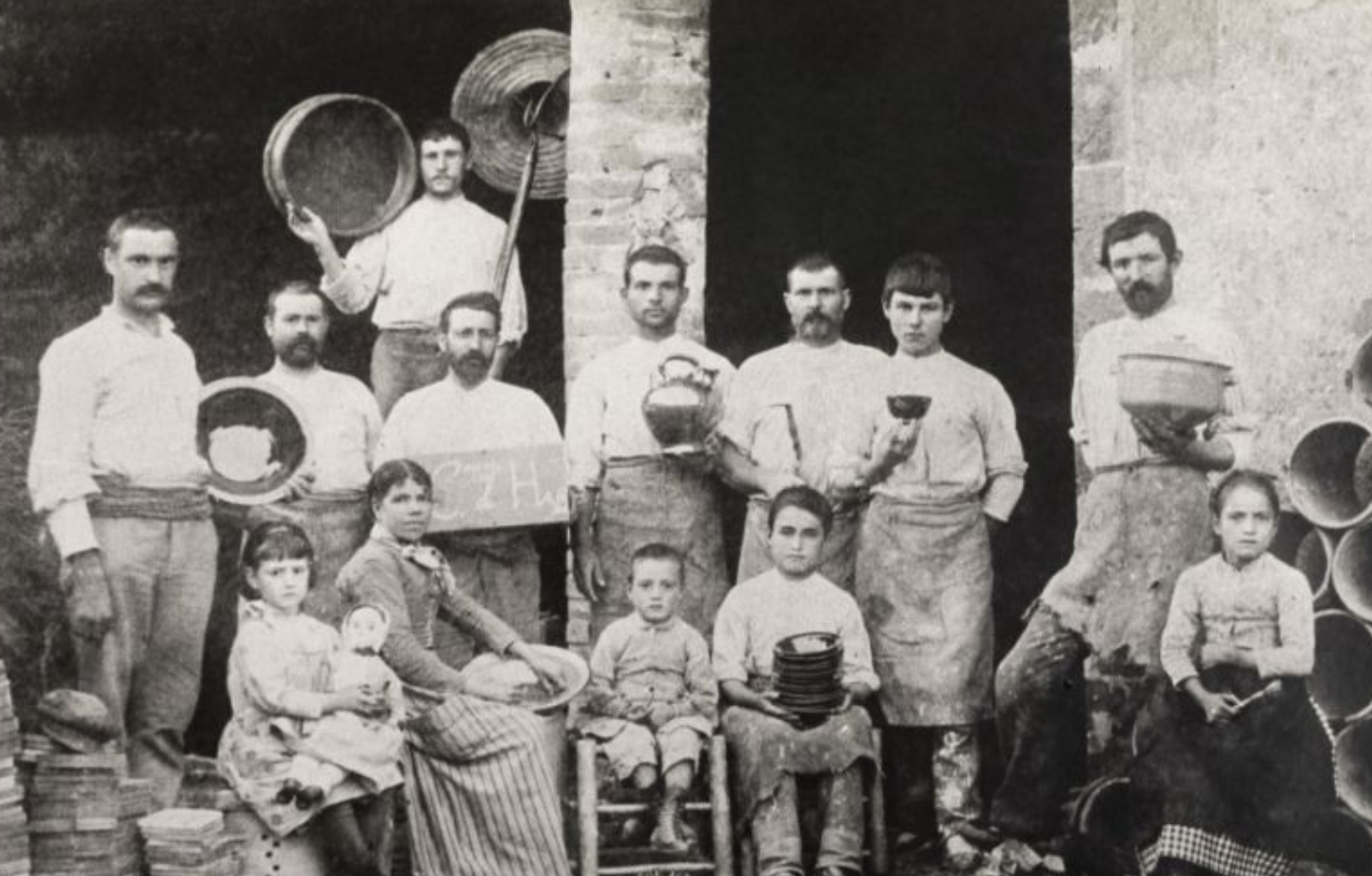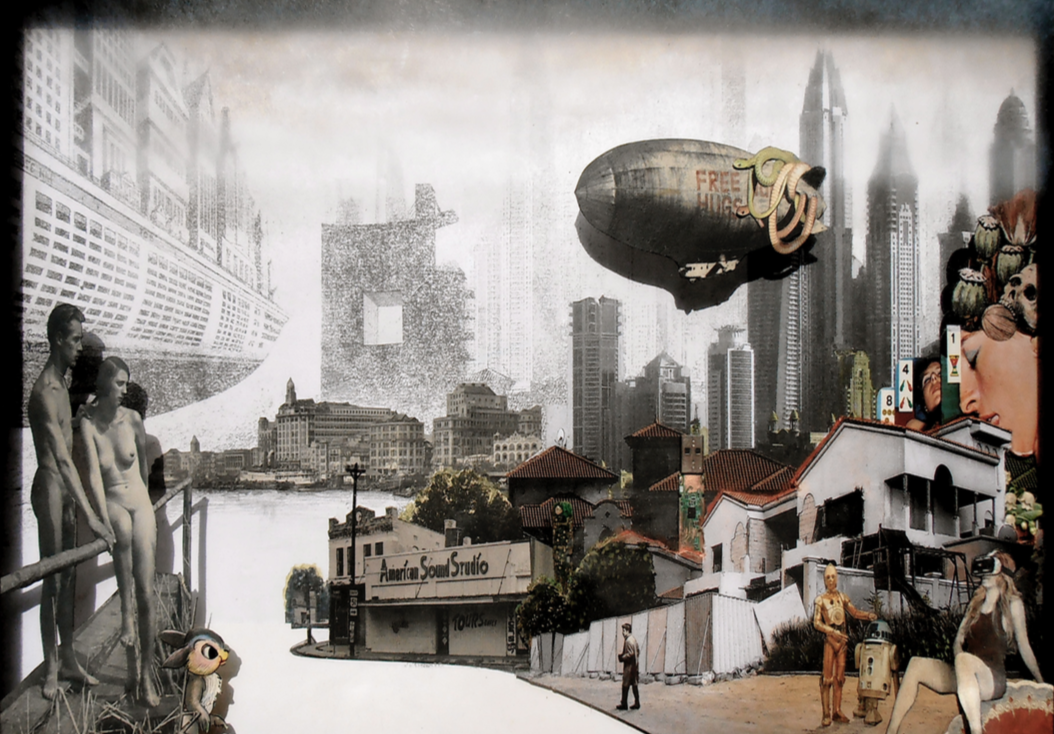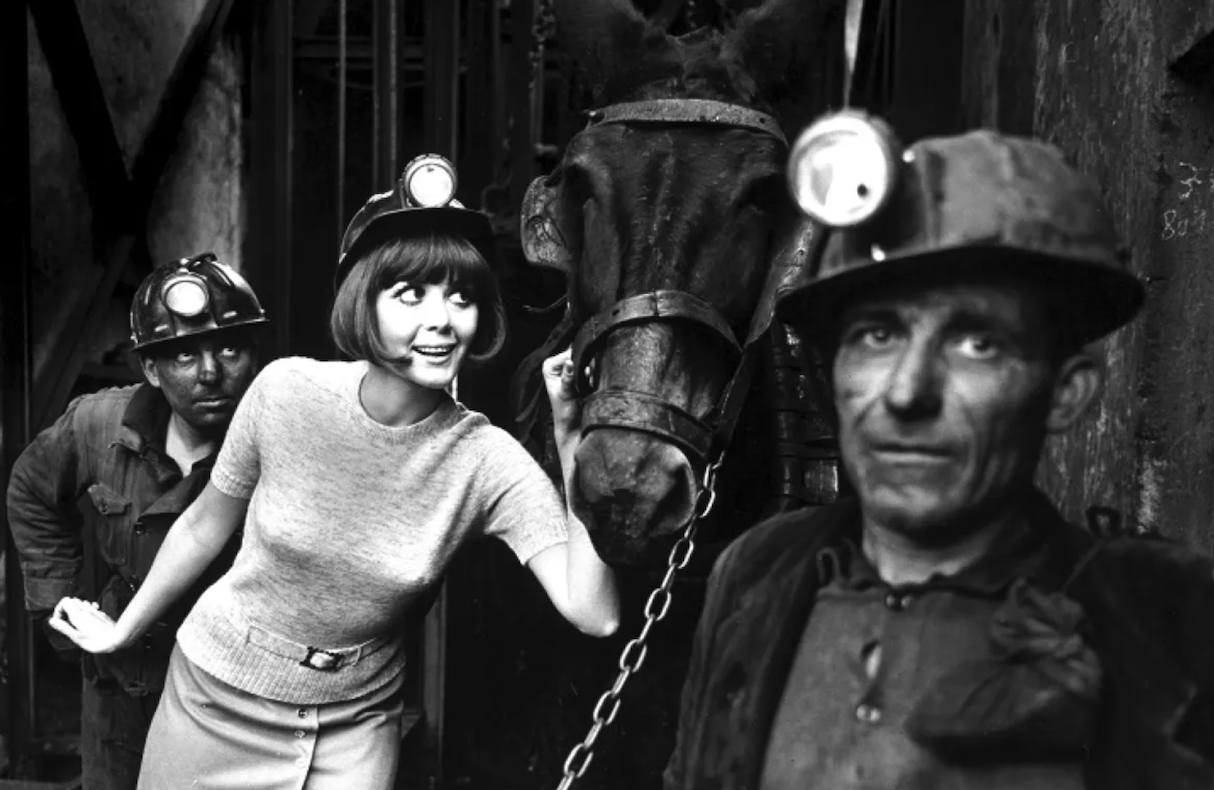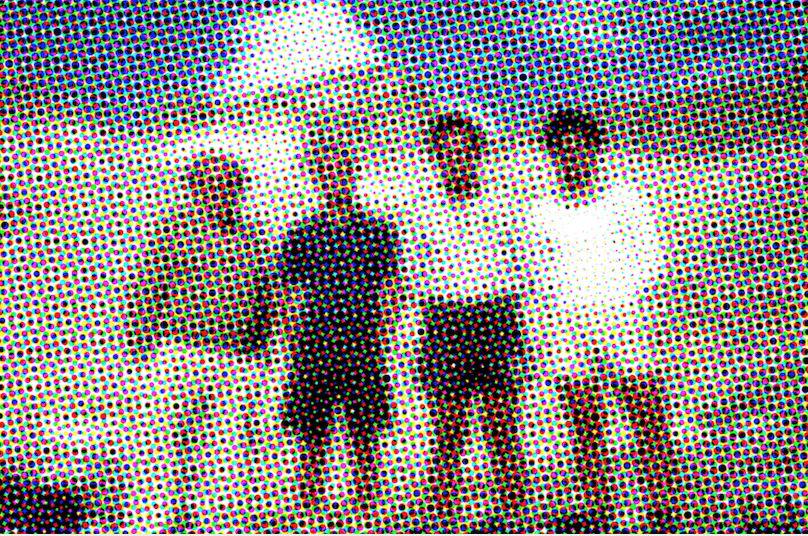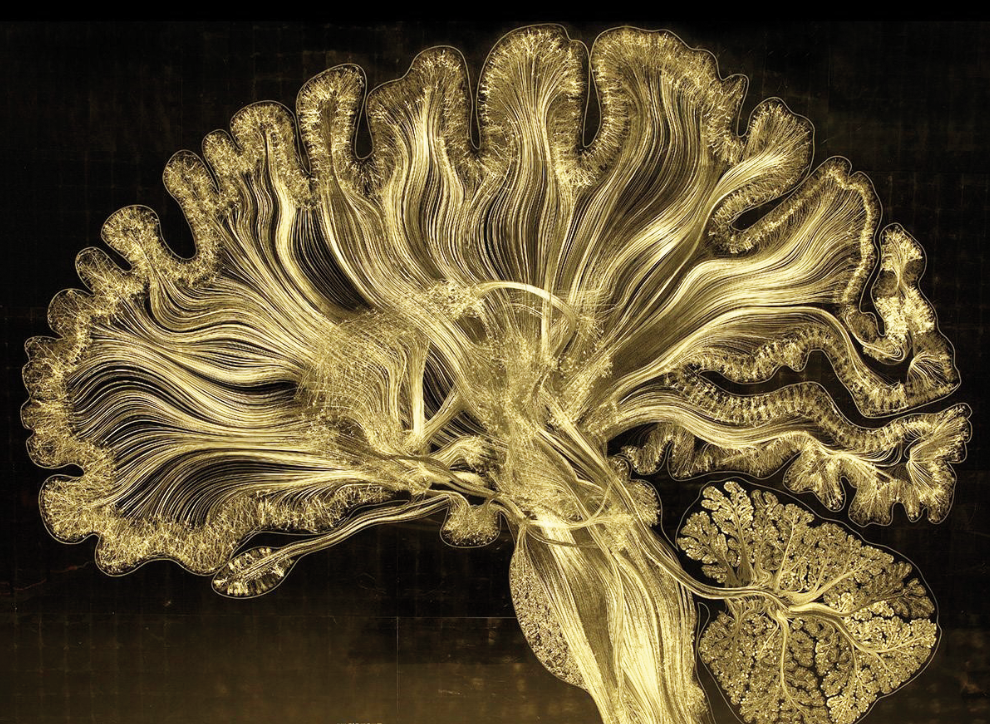
At two-thirty in the afternoon of September 13, 1848, Cavendish, Vermont, at the precise moment when an iron bar a little more than a meter long and two and a half centimeters in diameter pierced the brain of Phineas Gage, the chief operator who worked for the Rutland & Burlington railroad company enabling the passage of the tracks through the use of explosives.
Due to human error, the bar shot out and pierced his left cheek, entering his skull and passing through the front of his head while being ejected. Amazingly, Gage was still alive, and conscious, able to speak and reason without problems. But beyond the physical injuries, something had changed, Gage was no longer Gage.
The area affected by the perforation was specifically the prefrontal lobe of the brain, an area known to process language, perception and motor functions. Due to the alteration caused in this area, Gage underwent a great transformation in his social behavior. This change made it possible to understand that the systems dedicated to reasoning also affect the social and ethical dimensions of individuals, which allow us to make decisions thinking about our future, to have a sense of responsibility towards ourselves and towards others , as well as having an emotional response to the situations in which we find ourselves.
An extraordinary case that even now allows us to reflect on the complexity and versatility of this complex organ. Accidents, pathologies, injuries, interventions... factors that generate alterations while breaking with the regular functioning of some part of the brain. It is often possible to access new information, but this does not always serve to consolidate statements, since many times what it offers are new questions.
Perhaps complexity, which is certainly the characteristic feature of the human brain, will only allow us to reach a limited knowledge composed of mysteries and doubts materialized with new questions...
As fascinating as it is mysterious and multifaceted, the brain opens up a wide range of possibilities for exploration beyond those proposed by science itself, and without any doubt art has a lot to say, to explore and to question. Cervell(s) presents a possible itinerary structured from three sections – matter, mind and other minds – that brings us closer to some knowledge, and also questions, about this plural organ through various views of researchers, creators and thinkers who they receive it, explore it and analyze it; which present it while opening unknowns to the viewer who approaches looking to get to know himself a little more.
Pictured: Greg Dunn and Brian Edwards. Self reflected 2014-2016. Courtesy of the artists





